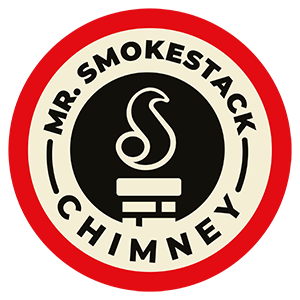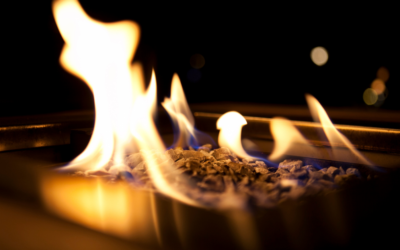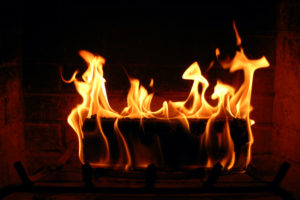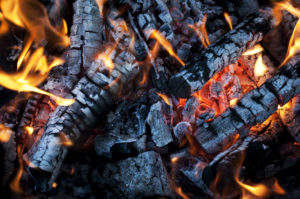Whether you have a wood-burning, pellet, or gas fireplace, it’s important that it’s inspected annually. Many homeowners may not see the value in it, but if you find value in your home, it’s important to protect it.
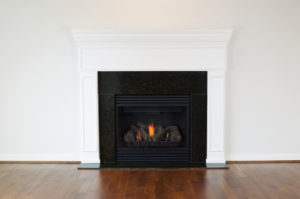
Why an Annual Inspection?
During a year, your chimney system will endure four seasons filled with a whole spectrum of weather from the outside, while working to vent your fire on the inside. Your gas appliance may not produce ash, soot, or creosote, but it does burn and should be assessed regularly. An annual inspection will prevent accidental fire, carbon monoxide exposure, masonry damage, and more. The benefits far outweigh the cost and may even be covered by your homeowner’s insurance.
Types of Inspections
You won’t need an extensive inspection if your gas appliance hasn’t been repaired or replaced this year. There are three types of inspections:
Level 1 – Annual inspection when the system hasn’t been changed and use should continue as it has during the previous year. This inspection includes an assessment of all readily accessible parts of the chimney and attached appliances. During this inspection, your gas appliance is assessed for performance and cleaned.
Level 2 – This inspection is required before the sale or transfer of property, after a change or repair is made to the system, or if there has been a fire, tornado, or other occurrence that could compromise the integrity of the system. This inspection includes all that a level 1 includes, plus accessible areas of the attic, crawlspaces, chimney interior/exterior, appliances, and connections. The level 2 inspection may include video scanning to fully access the flue, and will determine if there is damage to the flue liner.
Level 3 – This inspection includes all that in a level 1 or 2 inspection, plus an examination of the concealed portions of the chimney to identify suspected hazards. This level inspection is scheduled if a level 2 inspection shows a hazard.
What Level Inspection Do You Need?
If you have recently made a change to your system and attached gas appliance, then you need a level 2 inspection. However, if it’s the same as it has been, and you’re using it in the same way, you need a level 1 inspection. Your chimney sweep will assess the system for general function as well as look for problems that are common with gas appliances.
Gas appliances produce more moisture than wood fires. In fact, the average gas furnace produces 1.5 gallons of water through the chimney every hour! Because gas appliances are made to be highly efficient today, there isn’t much heat venting through the chimney, so a great amount of the moisture stays in the chimney. If your chimney system isn’t working properly, this moisture can damage your chimney liner, your masonry, and your home, blistering paint, peeling wallpaper, and more.
When it comes to your chimney system, it’s better to be safe than sorry. Schedule an annual chimney inspection, and rest assured that your system is safe and efficient. Schedule with Mr. Smokestack Chimney Service today.
